Dr. Vu Minh Dien, Deputy Head of the Department of Internal Medicine, Central Hospital for Tropical Diseases, said that recently many patients hospitalized with shingles often have severe skin lesions and persistent nerve pain.
This is a common disease in the elderly, especially those with underlying diseases or immunodeficiency, with the risk of serious complications if not treated promptly. Mr. NCX (77 years old, Hanoi ) is a typical example.
Five days before being admitted to the hospital, Mr. X. experienced itching and blisters in clusters on his abdomen, flanks, and left lower back, accompanied by severe pain. When he took medication at home, Mr. X.'s condition did not improve.

A patient with shingles is being treated at the hospital (Photo: Provided by the hospital).
He was diagnosed with herpes zoster with postherpetic neuralgia, on a background of chronic gout.
Similarly, Mrs. HTP (73 years old, Hanoi) had blisters on her left flank and abdomen, accompanied by a burning, stinging pain that lasted for a long time.
At first, her family thought she had shingles so they tried folk remedies like applying green beans, but her condition worsened. The blisters spread, causing severe pain, leaving her tired, sleepless and with headaches for days.
Upon admission, she was diagnosed with shingles with severe skin lesions. At the hospital, both patients received comprehensive treatment with antiviral medication Acyclovir, painkillers, intensive skin care, and intravenous antibiotics to prevent the risk of bacterial superinfection.
After more than a week of treatment, their condition improved significantly: the blisters dried up, the pain gradually decreased, and their health gradually recovered.
According to Dr. Dien, shingles manifests as red rash, small fluid-filled blisters that grow in clusters, often appearing in strips in the lumbar region or ribs, causing severe pain along the nerve path.
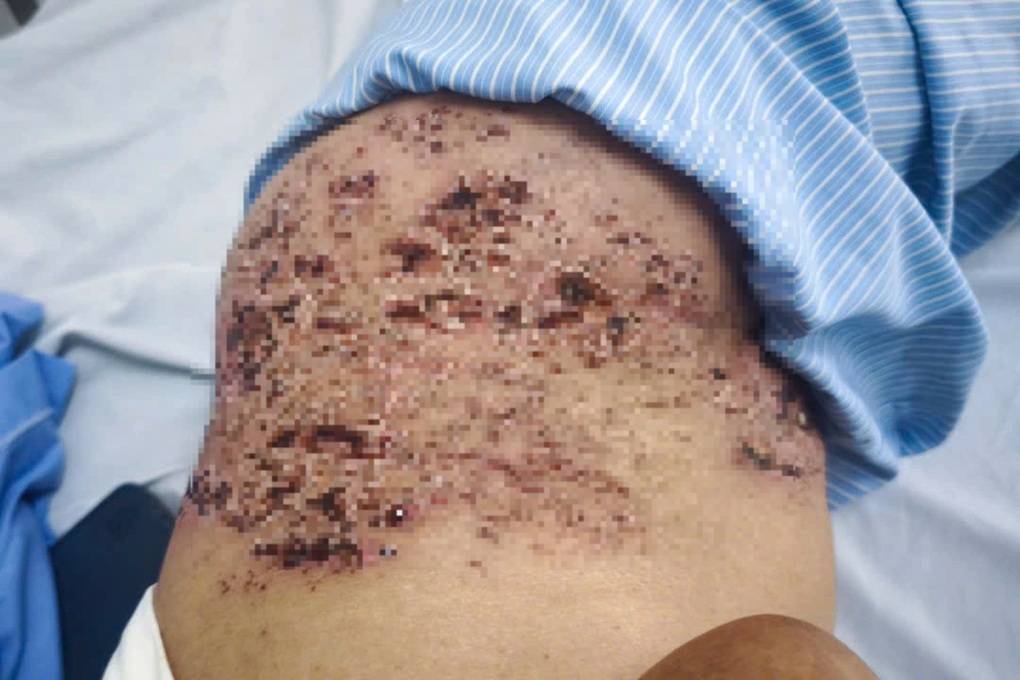
The patient suffered severe skin damage (Photo: Provided by the hospital).
The pain can last for months or even years after the blisters have healed — a condition called postherpetic neuralgia.
This condition not only causes persistent discomfort but also weakens the elderly, reduces resistance and seriously affects the quality of life.
Shingles is caused by the herpes zoster virus - a virus that hides in the sensory nerves and reactivates when the immune system is weakened.
The disease can occur at any age but is most common in people over 50 years old, especially those with underlying diseases such as diabetes, liver disease, kidney disease or immunodeficiency.
In mild cases, the disease can heal on its own without leaving any complications. However, if detected late or treated improperly, the disease can cause a series of dangerous complications, including: conjunctivitis, keratitis, glaucoma, and even blindness due to inflammation of the retina or optic nerve.
Some other less common complications include facial nerve palsy, stroke, VZV encephalitis, myelitis, and cerebral arteritis.
In people with underlying diseases, shingles can also aggravate existing diseases such as increased risk of cardiovascular complications, increased blood sugar, worsening kidney disease, liver disease, etc.
Dr. Nguyen Nguyen Huyen, Director of the Center for Disease Prevention and Control, recommends: "People over 50 years old, especially those with underlying medical conditions or immunodeficiency, should proactively get vaccinated against shingles.
Vaccines not only help reduce the risk of disease but also reduce the severity if infected. In particular, this is a proactive and effective measure to help the elderly protect their long-term health and improve their quality of life."
Dr. Huyen also emphasized that when there are early signs such as burning pain, red rash or blisters on the skin, patients need to go to the doctor early for timely diagnosis and treatment, avoiding the risk of dangerous complications.
Source: https://dantri.com.vn/suc-khoe/da-nhu-to-ong-sau-khi-dap-dau-xanh-chua-zona-than-kinh-20250506152002972.htm




![[Photo] Prime Minister Pham Minh Chinh chairs meeting on nuclear power plant construction](https://vphoto.vietnam.vn/thumb/1200x675/vietnam/resource/IMAGE/2025/10/22/1761137852450_dsc-9299-jpg.webp)

![[Photo] Da Nang: Shock forces protect people's lives and property from natural disasters](https://vphoto.vietnam.vn/thumb/1200x675/vietnam/resource/IMAGE/2025/10/22/1761145662726_ndo_tr_z7144555003331-7912dd3d47479764c3df11043a705f22-3095-jpg.webp)
![[Photo] Award Ceremony of the Political Contest on Protecting the Party's Ideological Foundation](https://vphoto.vietnam.vn/thumb/1200x675/vietnam/resource/IMAGE/2025/10/22/1761151665557_giaia-jpg.webp)



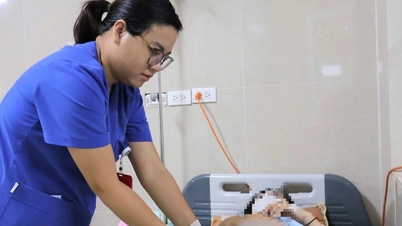
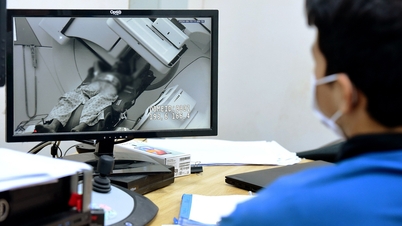

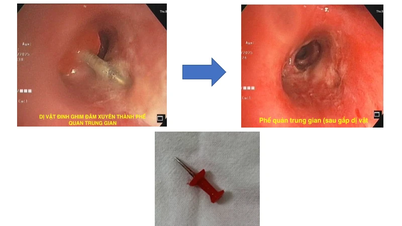













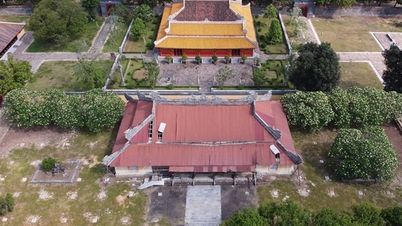





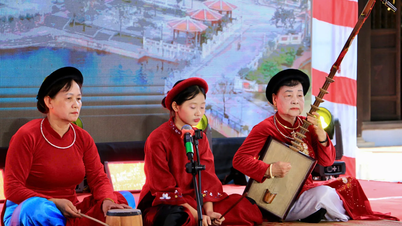


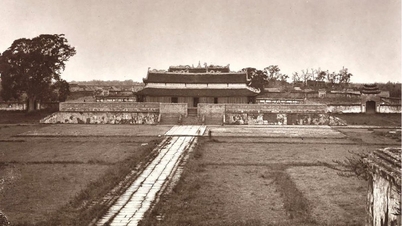






























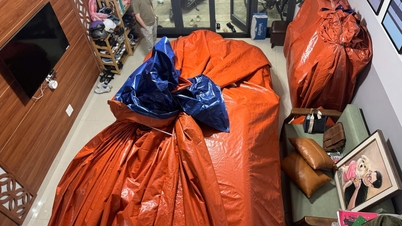




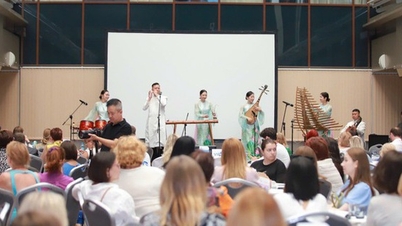


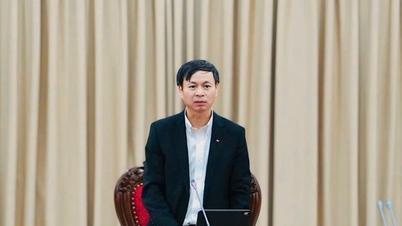


















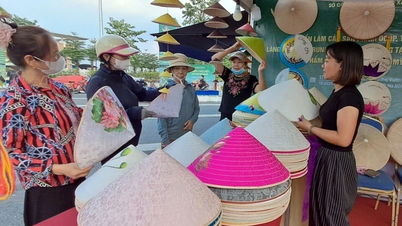





Comment (0)